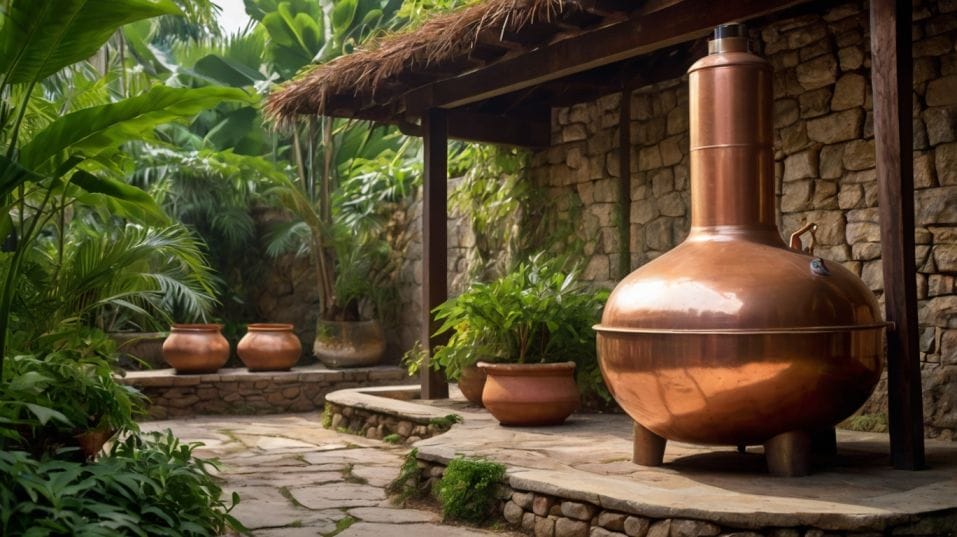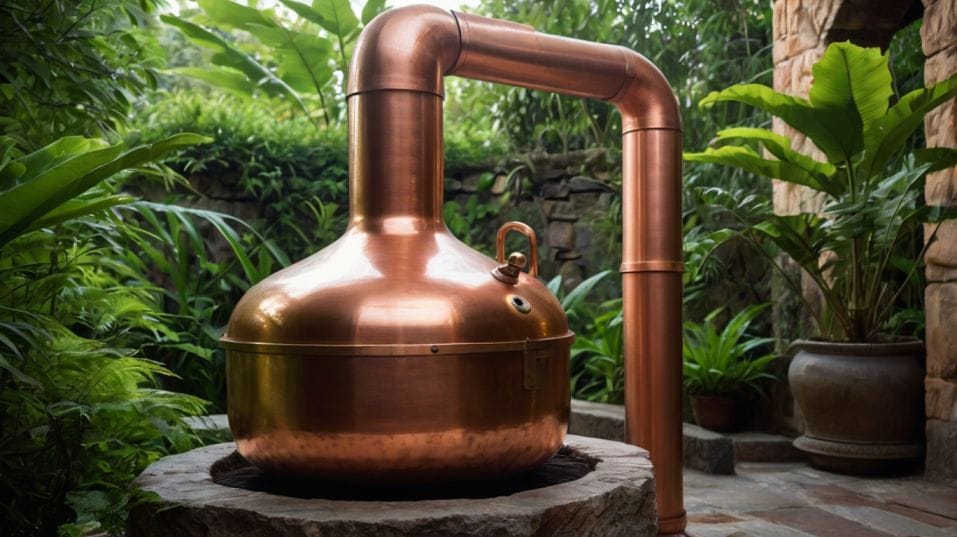The Rise of Indian Single Malts
Discover how Indian single malts are changing whiskey—bold flavor, fast aging, and a smart way to train your palate from the very start.

What if the world’s boldest single malts weren’t from Scotland or Kentucky—but from India? If you're early in your whiskey journey, this is your edge.
Indian single malts develop flavor fast, under heat and pressure, yielding big, unapologetic character. They don’t whisper. They teach. Skip them, and you’re not just missing great whiskey—you’re missing the future of it.
Why India Produces Whiskey That Punches Above Its Age
Every whiskey region has a signature. Scotland's cool, damp climate produces slow-aging, subtle elegance. Kentucky leans into charred oak and bold sweetness. But India? India operates on another gear entirely.
Hot, tropical climates accelerate barrel interaction. Whiskey that might take twelve or more years to mature in Speyside can develop comparable depth in India in just four to six.
The wood breathes harder. The spirit extracts deeper. But here’s the trick—faster aging doesn’t mean sloppier whiskey. Not when it's done right.
Indian distillers have had to learn balance on a razor’s edge. Push the cask influence too far, and the whiskey turns bitter, dry, or overly tannic.
Pull back too much, and it stays green and underdeveloped. The best producers aren't racing the climate—they're mastering it. They understand fermentation time, distillation cuts, barrel management, and humidity control at a surgical level.
This is where Indian whiskey separates from climate gimmicks or fast-aging marketing spins. It's not about shortcuts. It's about precision under pressure.

Tasting Indian Single Malts: A Crash Course in Flavor Clarity
Most beginner-friendly whiskies ease you in with softness. Indian malts do the opposite.
They throw flavor at you like it owes them money—intense tropical fruit, real spice, roasted grain, earthy wood, sometimes even savory funk. You don’t need to chase faint notes. It’s all right there, if you’re paying attention.
This is a great training ground for your palate. You’re not hunting for “maybe vanilla” or “subtle orchard fruit.”
You’re tasting mango, molasses, cracked pepper, burnt caramel, dried fig—big, clear signals. It forces you to taste actively. Not just sip.
Want to get better at this? Focus on balance, not complexity. Forget the collector’s vocabulary. Ask real questions: Does the sweetness carry through the finish?
Is the spice layered or blunt? Does the oak integrate or dominate? Does the whiskey feel structured or chaotic?
Even more: pay attention to texture. Indian malts, especially those bottled at higher proofs, have a density that reveals a lot about distillation skill.
Creamy viscosity? Smart cuts and fermentation. Thin and sharp? Likely rushed. You don’t need to be a distiller to taste craftsmanship. You just need to stay present.
How to Think Like a Smart Collector (Even If You're Just Starting Out)
Forget trophies. Collect for range. For story. For progression. Indian single malts offer something few regions can right now: flavor diversity with low entry risk.
You’re not dropping $200+ on a gamble. You can experiment, compare, and build taste memory at a pace that’s both educational and rewarding.
Start with core expressions—those that showcase the distillery’s house character without being overwhelmed by wine or exotic cask finishes.
The more naked the malt, the more it teaches you. From there, explore how they treat peat, sherry, or port influence—but only once you know what the base spirit actually tastes like.
Look for signs of intent:
- Natural color
- Non-chill filtration
- ABV above 46%
- Transparent labeling (cask type, age, etc.)
These aren’t gimmicks. They’re indicators that the distiller trusts the spirit enough to show it without makeup. That’s what you want in your collection—whiskey that says something, not whiskey that hides behind flash.
Technique-Driven, Culture-Informed: What Makes Indian Whiskey Unique
This isn’t Scotch with a new passport. Indian single malts are culturally rooted. Many distilleries use six-row barley—smaller, tougher, higher in protein than the two-row used in Europe.
It creates a richer, grain-forward base. The water sources are local. The yeast strains are chosen based on how they behave under high temperatures.
Even the distillation setups can vary from classic Scottish stills to customized copper hybrids designed for tropical conditions.
You're not just tasting product. You're tasting terroir. But not the wine-world cliché kind. Real whiskey terroir is about grain, water, wood, and time under pressure. Indian whiskey delivers all of it.
And the best part? The scene is still young. Which means you're not late. You're early. You have the chance to follow distilleries as they grow, evolve, experiment.
As a collector and a flavor-seeker, that’s rare ground. Most of the world’s “great” whiskies are locked into legacy. India’s are still writing theirs.
Final Thoughts: Start Smart, Taste Loud, Build Something Real
If you’re serious about growing your whiskey knowledge, Indian single malts offer an edge. Not because they’re trendy. Not because they’re cheap. But because they demand that you engage with them—on the nose, on the palate, in your collection.
They’ll sharpen your taste, challenge your preferences, and reframe how you think about age, climate, and craft.
Most of all, they’ll remind you why you fell in love with whiskey in the first place: flavor that hits hard, lingers long, and doesn’t ask for permission.
So here’s your move: Buy a bottle that isn’t on your radar. Pour it neat. Taste it twice. Write down what you notice—not what the label says.
Then go find something from the same region, or the same distillery, or the same cask type. Compare. Build your flavor map.
No hype. No noise. Just better drinking. Today’s the day you stop collecting bottles. And start collecting experience.




